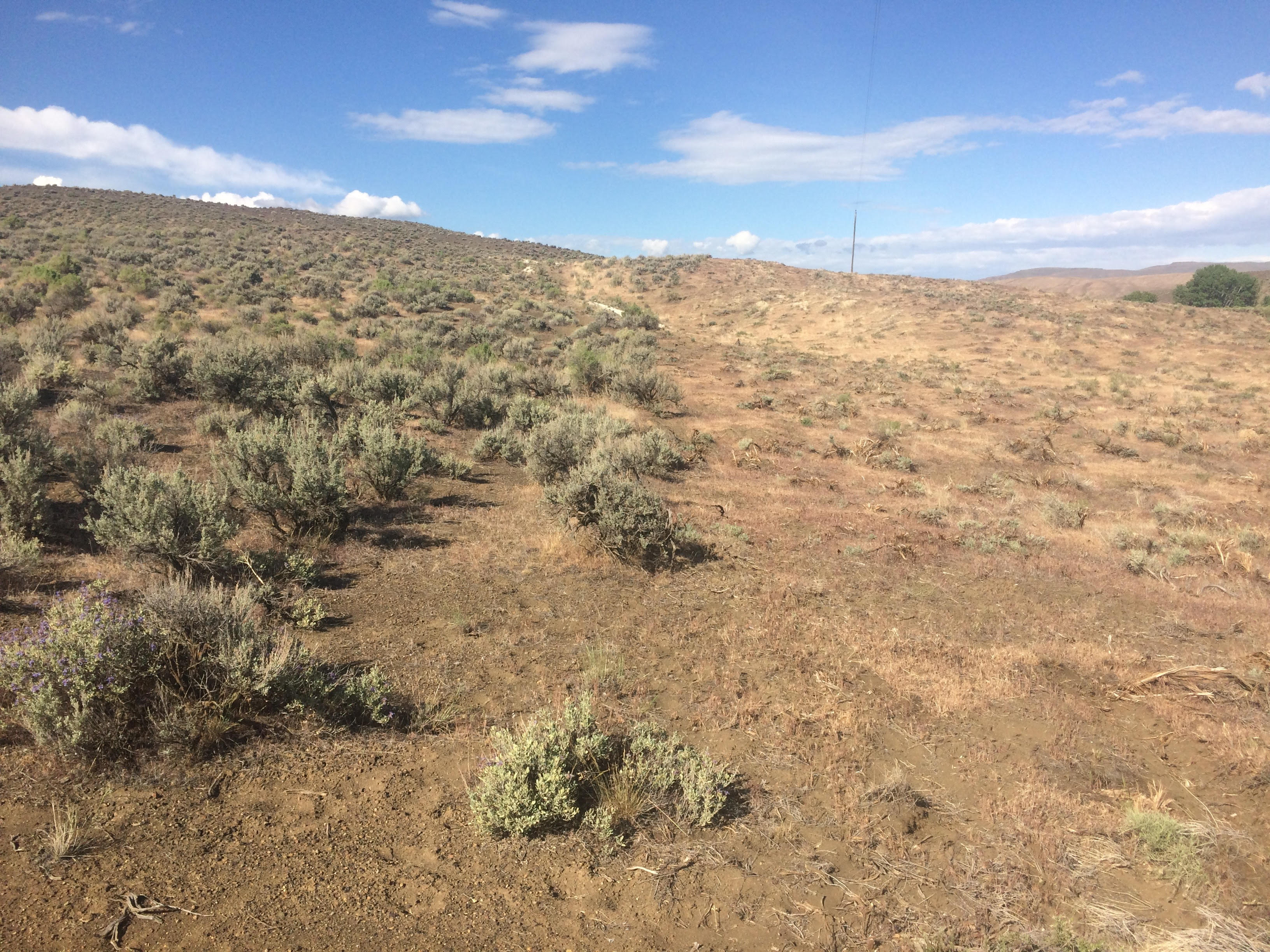livestock grazing
-
Across the West, livestock grazing is one of the most destructive land uses. Some 250 million acres of public lands are grazed by domestic livestock including those administered by the Forest Service and the Bureau of Land Management, as well as national wildlife refuges and even some national park units. This use is not benign.…
-
In the recent Public Lands legislation that was passed by Congress, Oregon got some new protected landscapes including the Devil’s Staircase Wilderness, 250 miles of new Wild and Scenic River segments on the Rogue and Molalla rivers and measures such as a mining ban on the Chetco River. This legislation was a good but a…
-
The killing of a wolf pup near Corral Creek by Sun Valley was done to protect John Peavy’s business Flat Top Sheep Company. Once again this raises the question of why public wildlife should be killed to increase the profitability of private enterprises operating on our public lands. It is especially disconcerting that Peavy did…
-
The 55,990 acre San Pedro Riparian National Conservation Area (SPRNCA) south of Tucson, Arizona has one of the most intact riparian cottonwood gallery and mesquite bosque forests left in the Southwest. It is a precious gem threatened by the BLM’s new management proposal that would make 26,000 acres available to livestock grazing and does not…
-
I wrote this letter to Dr. Naugle more than 10 days ago and have not received a response. It is worth noting that Dr. Naugle has gotten more than $4.5 million in grants to study sage grouse in the past few years. Could this influence his testimony? Dear Dr. Naugle: I just read your July…
-
Recently Colorado U.S. Rep. Scott Tipton was quoted during a congressional hearing of the House Natural Resource Committee recommending the government enlist ranchers and farmers to better protect federal lands. “Some of the best custodians for public lands happen to be our ranchers,” Tipton, R- Cortez, said. Tipton is ignoring the full impacts of livestock…
-
This past winter, the Bureau of Land Management (BLM) began preparing two Environmental Impact Statements to review the environmental consequences of creating a region-wide series of “fuel breaks” that will add thousands of miles of new linear pathways across the Great Basin portion of Nevada, Idaho, Oregon and Utah. The goal of fuel breaks is…
-
The Western Association of Fish & Wildlife Agencies released a report declaring that invasive plants, especially cheatgrass, is an enormous threat to the sagebrush ecosystem and sage grouse. Ironically the report emphasized that invasive weeds are a threat to the livestock industry as well. The reason it is ironic is that across the West livestock…

